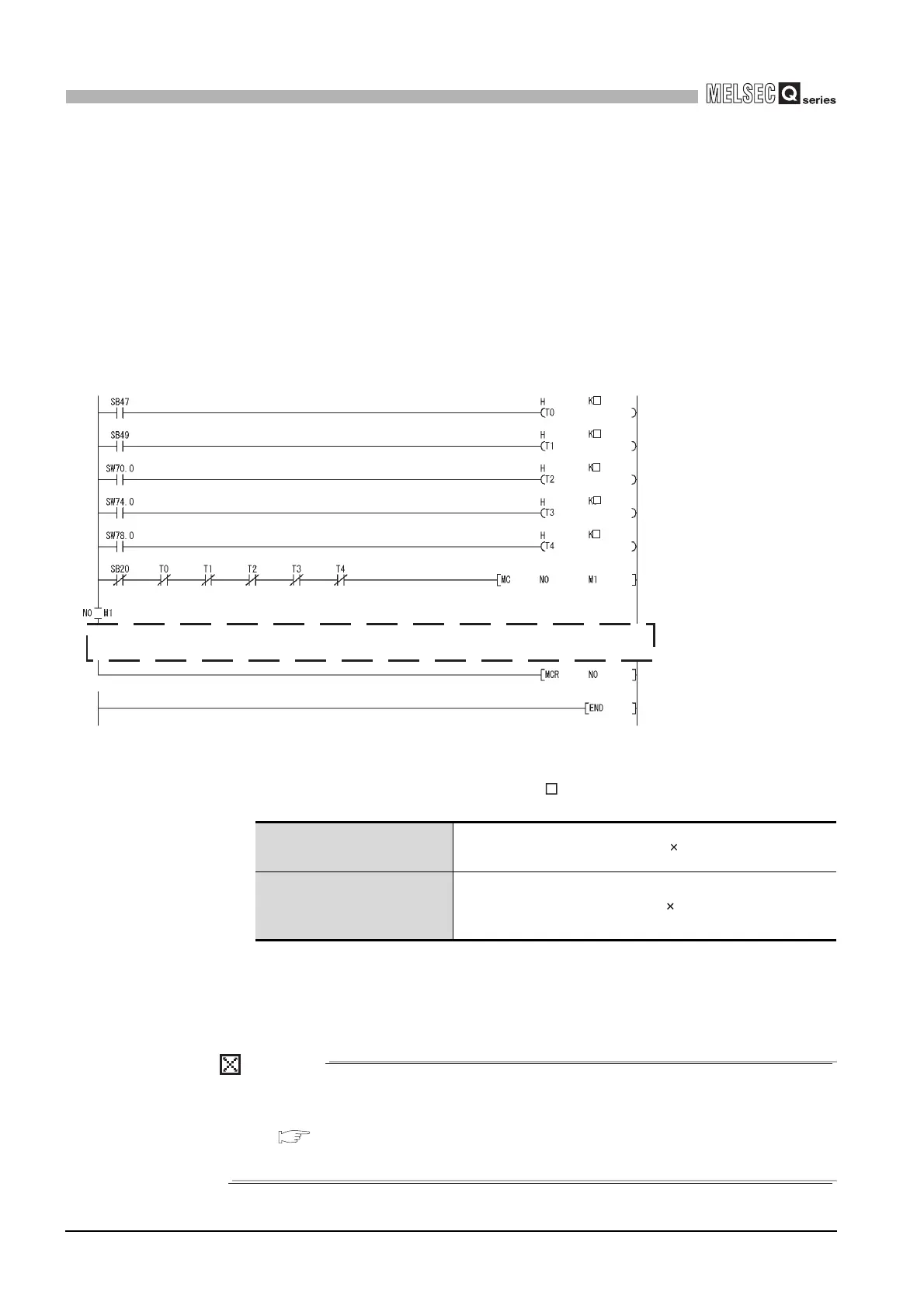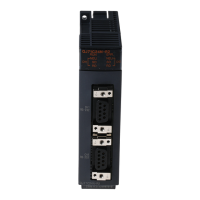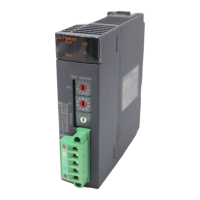9 - 33
9.3 Program Examples for Use in MELSECNET/H Remote I/O Network
9.3.1 Automatic communication parameters
9
PROGRAMMING
(4) Program example
The following is an example of the sequence program required to perform the
communication shown in (2).
(a) Interlock program example for MELSECNET/H
Provide interlocks using the link status of the MELSECNET/H remote master
station (host) and MELSECNET/H remote I/O station (other station).
The example below shows an interlock for a communication program, which uses
the link status (SB47, SB49) of the MELSECNET/H remote master station and the
link status (SW70, SW74, SW78) of the MELSECNET/H remote I/O station
(Station No. 1).
Set the following value as timer constant K .
Reason: To prevent the control from stopping even if the network detects an
instantaneous error due to a cable problem, noise or any other condition
Note that the above "4" and "3" represent standard values.
POINT
For details on interlock programs for the MELSECNET/H remote master station
and MELSECNET/H remote I/O station, refer to the following manual.
Q Corresponding MELSECNET/H Network System Reference Manual
(Remote I/O network)
Figure 9.36 Interlock program example for MELSECNET/H
Table9.8 Value of timer constant K
Baton pass status
(T0, T2)
(Sequence scan time 4) or more
Cyclic transmission status
Parameter communication status
(T1, T3, T4)
(
Sequence scan time 3) or more
SB47: Baton pass status (host)
SB49: Host data link status
SW70: Baton pass status of
each station
SW74: Cyclic transmission
status of each station
SW78: Parameter communication
status of each station
SB20: Module status
Program for automatic communication: refer to (4) (b) in this section

